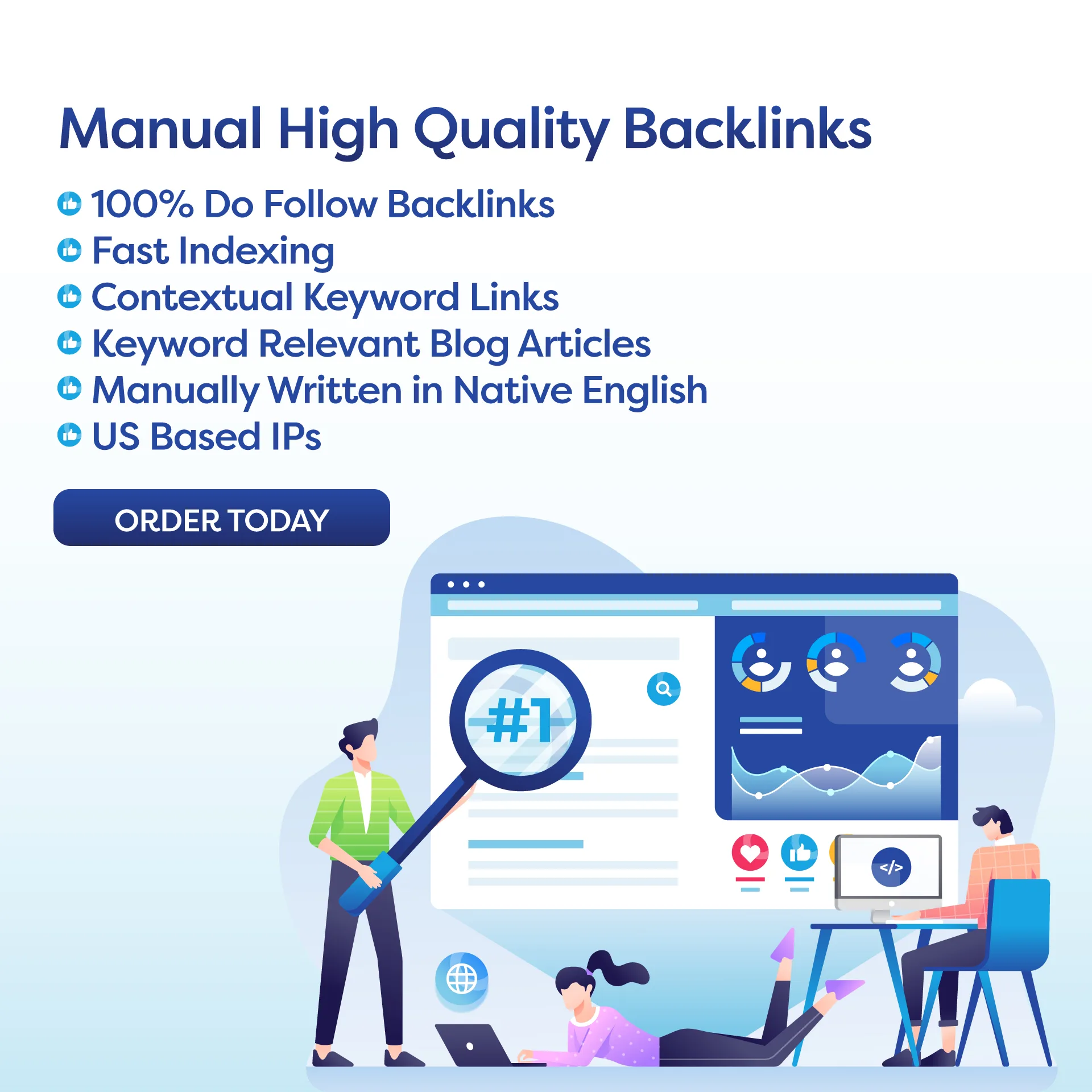The world of digital marketing is constantly changing and evolving. In recent times, the relationship between content marketing and search engine optimization (SEO) has become increasingly crucial in the quest for online success. To achieve a successful SEO strategy, it’s essential to create valuable and relevant content that effectively integrates relevant keywords and is promoted and distributed effectively.
In this article, we will delve into each of these aspects in more detail. We will explore the importance of creating high-quality content that resonates with your target audience, the role of keyword research and optimization in improving your website’s search engine ranking, and the significance of promoting and distributing your content across different channels to increase your online visibility. By following these tips, you can take your content marketing and SEO efforts to the next level and achieve long-term success in the digital world.
Table of Contents
Creating Valuable and Relevant Content
- Understanding Your Audience:
Before embarking on any content creation journey, it’s crucial to understand your target audience. What are their pain points, interests, and preferences? Tailoring your content to address their needs will not only attract them but also keep them engaged. - Quality Over Quantity:
Search engines now prioritize quality content over sheer volume. Producing high-quality, informative, and well-researched content establishes your website as a reliable source, earning the trust of both users and search engines. - Diversify Your Content Types:
Spice up your content strategy with a mix of blog posts, infographics, videos, podcasts, and more. Diversifying content not only caters to different audience preferences but also provides opportunities for varied keyword targeting.
Incorporating Keywords Naturally
- Conducting Keyword Research:
Start by identifying relevant keywords for your industry and target audience. Utilize tools like Google Keyword Planner or SEMrush to discover keywords with a balance of search volume and competition. - Strategic Placement of Keywords:
Incorporate selected keywords naturally into your content. Place them in titles, headers, and throughout the body while ensuring readability. However, avoid keyword stuffing, as it can lead to a poor user experience and potential penalties from search engines. - Long-Tail Keywords:
Don’t overlook the power of long-tail keywords, which are more specific phrases. Long-tail keywords often have less competition, allowing you to target niche audiences effectively.
Content Promotion and Distribution
- Utilize Social Media Platforms:
Leverage the reach of social media to promote your content. Share snippets, engaging visuals, and encourage social sharing. Platforms like Facebook, Twitter, LinkedIn, and Instagram can amplify your content’s visibility. - Email Marketing Campaigns:
Build and nurture your email list to keep your audience informed about your latest content. Crafting compelling newsletters with snippets and links to your content can drive traffic and engagement. - Collaborate and Outreach:
Forge partnerships and collaborations within your industry. Guest posting, influencer outreach, and participation in relevant communities can significantly expand the reach of your content. - Optimize for SEO Off-Page Factors:
Encourage backlinks to your content through outreach efforts. High-quality, authoritative backlinks can boost your content’s credibility in the eyes of search engines.
Conclusion
In today’s fast-paced and constantly evolving digital marketing landscape, content marketing has emerged as a critical component in achieving search engine optimization (SEO) success. One of the primary ways to enhance your website’s visibility and relevance in search engine results is through consistently creating valuable and relevant content. This involves conducting research to identify topics and themes that your target audience is interested in and incorporating relevant keywords into your content to ensure it ranks well in search results.
However, simply creating content is not enough; you must also develop a strategic plan for promoting and distributing your content effectively. This can include leveraging social media platforms, email marketing campaigns, and other digital marketing channels to increase your content’s reach and engagement. By doing so, you can drive more traffic to your website, improve your search engine rankings, and ultimately, achieve greater online visibility and success.
As search algorithms continue to evolve, it’s more important than ever to prioritize user-centric, high-quality content that provides value and meets the needs of your target audience. By following these best practices for content marketing and SEO, you can build a strong online presence, attract new customers, and grow your business in today’s fiercely competitive digital marketplace.


